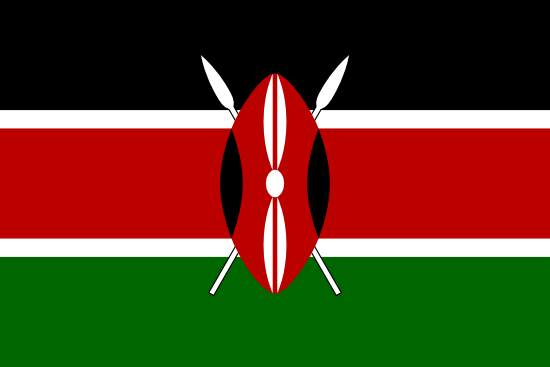There are approximately 356 and 97 threatened species of vascular plants and vertebrates, respectively, in Kenya. The main causes of species threats include habitat degradation through conversion to cropland, urban and infrastructure development, overexploitation of natural resources, pollution of wetlands and marines and proliferation of alien invasive species, including pests and diseases pathogens, among others, especially in biodiversity hotspots such as the coastal forests, Eastern arc mountains, Afromontane, and moist hilltops ecosystems. In addition to species loss, the change in habitats leads to human-wildlife conflicts.
These human-induced environmental perturbations, exacerbated by the impacts of climate change, ought to be urgently managed to halt threatened species extinction and reduce the extinction risk. Therefore, the target will apply appropriate conservation approaches including species recovery, sustainable management practices such as in situ and ex-situ methods as well as monitoring programmes to reduce risk of extinction and halt species loss of the known threatened taxa.
The human-wildlife interaction can be both positive or negative, where negative interaction often results in injury or death of either humans or animals including livestock, property damage or crop invasion. This negative interaction, referred to as Human Wildlife Conflicts (HWC) is a major threat to wildlife conservation often exacerbated by climate change. Integrating science, technology, community-led wildlife conservation and benefit-sharing mechanism approaches would however promote the peaceful coexistence of people with wildlife minimizing the retaliatory action and realizing benefits associated with the cost of living with wildlife by the local communities.
The cost of HWC is huge, unsustainable and not commensurate with the loss, especially in death cases. Section 25 of the WCMA 2013 provides consolation for victims of HWC that occur outside protected areas as per the 3rd Schedule of the Act on wildlife species to which compensation can be paid.
Coupled with the impacts of climate change much is needed to build the capacity of the local community, promote compatible land use practices (land use planning), adopt modern technologies and science, and implement policies to promote benefit-sharing mechanisms and other adaptive measures to impacts of climate change.
Therefore, two national targets have been developed to adequately support conservation of threatened species and draw emphasis on the need to put in place measures to address extinction and HWC.
